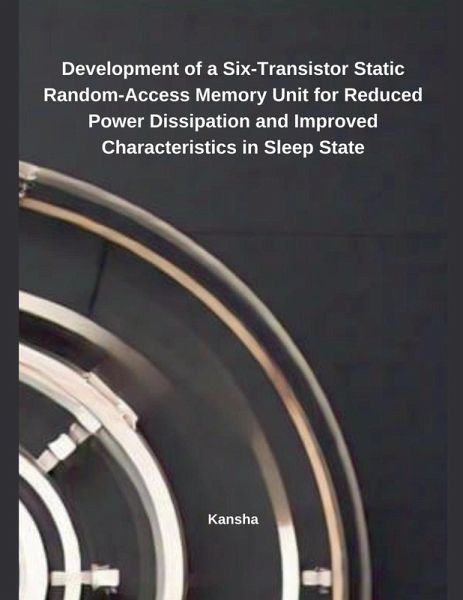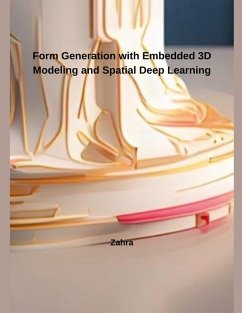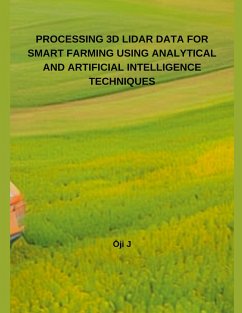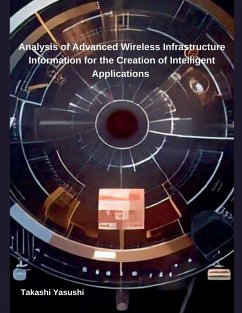
Development of a Six-Transistor Static Random-Access Memory Unit for Reduced Power Dissipation and Improved Characteristics in Sleep State
Versandkostenfrei!
Versandfertig in 1-2 Wochen
27,99 €
inkl. MwSt.

PAYBACK Punkte
14 °P sammeln!
The foundation of today's information centric society is mainly the semiconductor based electronics. The semiconductor memories and microprocessors are mainly benefitted by this technology growth. This rapid growth in technology has not only increased the device performance but has also increased the packing density many times. After four years of discovery of first planar integrated circuit, in the year 1965, Gordon Moore made famous observation on the exponential growth of number of transistors per IC which almost doubled in every couple of years. This observation is generally called Moore's...
The foundation of today's information centric society is mainly the semiconductor based electronics. The semiconductor memories and microprocessors are mainly benefitted by this technology growth. This rapid growth in technology has not only increased the device performance but has also increased the packing density many times. After four years of discovery of first planar integrated circuit, in the year 1965, Gordon Moore made famous observation on the exponential growth of number of transistors per IC which almost doubled in every couple of years. This observation is generally called Moore's Law and holds true till recently. Keeping up with this law, semiconductor memory also increases by a factor of two every 18-24 months [1]. The semiconductor technology is advancing at a great pace and the two major fields which are largely benefitted by it are microprocessor and semiconductor memories. Microprocessor being the major element of processor controlled devices, the semiconductor memory also becomes popular and the designing of memory is prime research topic. With the ever reducing size of electronic devices and the use of memory in most of them, the need for low power devices is vastly increasing. As the chip density increases to billion transistors or more, power becomes a major limiter of design performance or integration. According to International Technology Roadmap for Semiconductors (ITRS) projections, the number of transistors per chip and the local clock frequencies for high performance microprocessors will continue to grow exponentially in next 10 years too.












